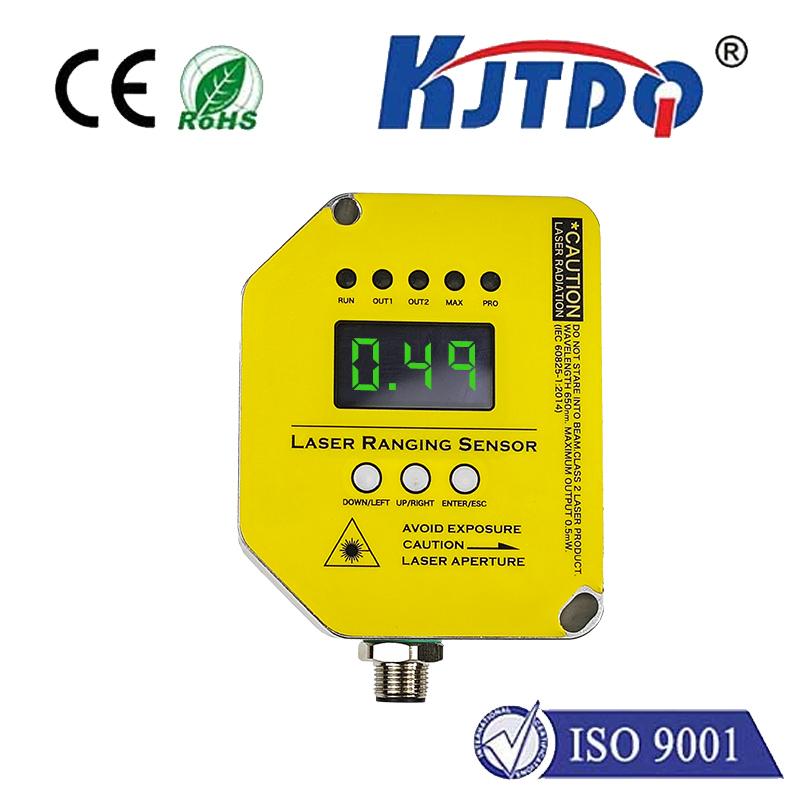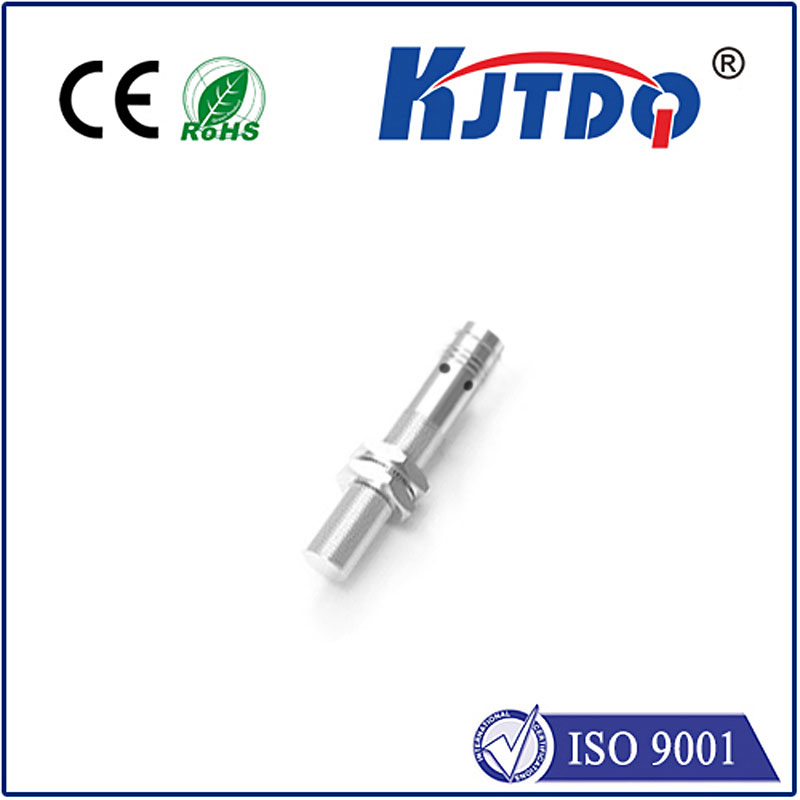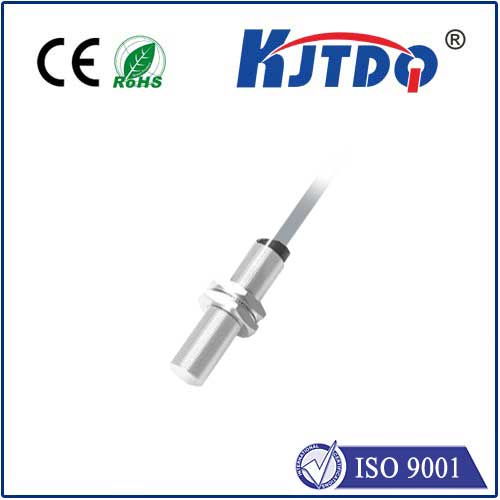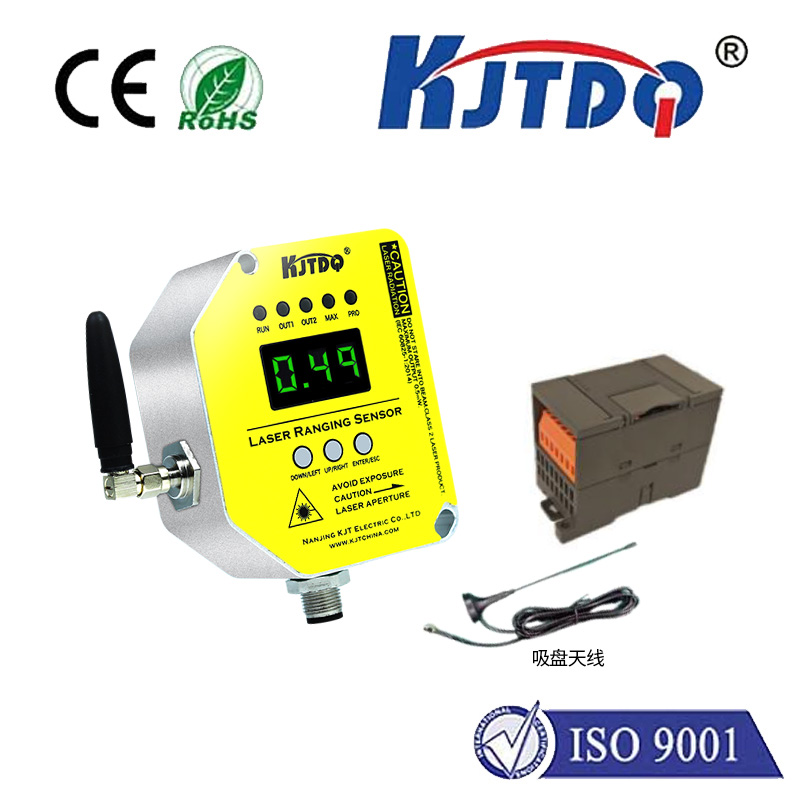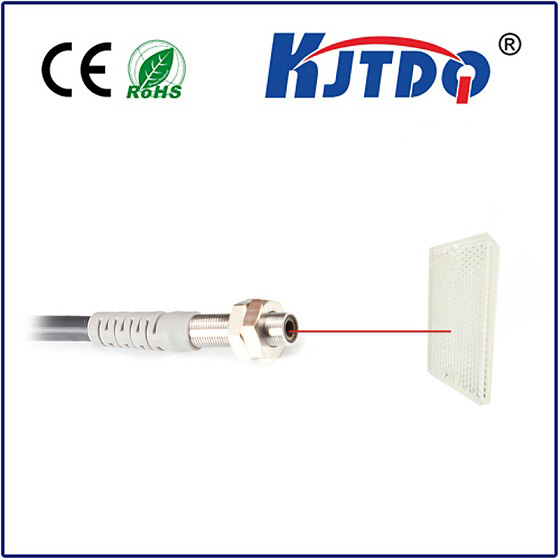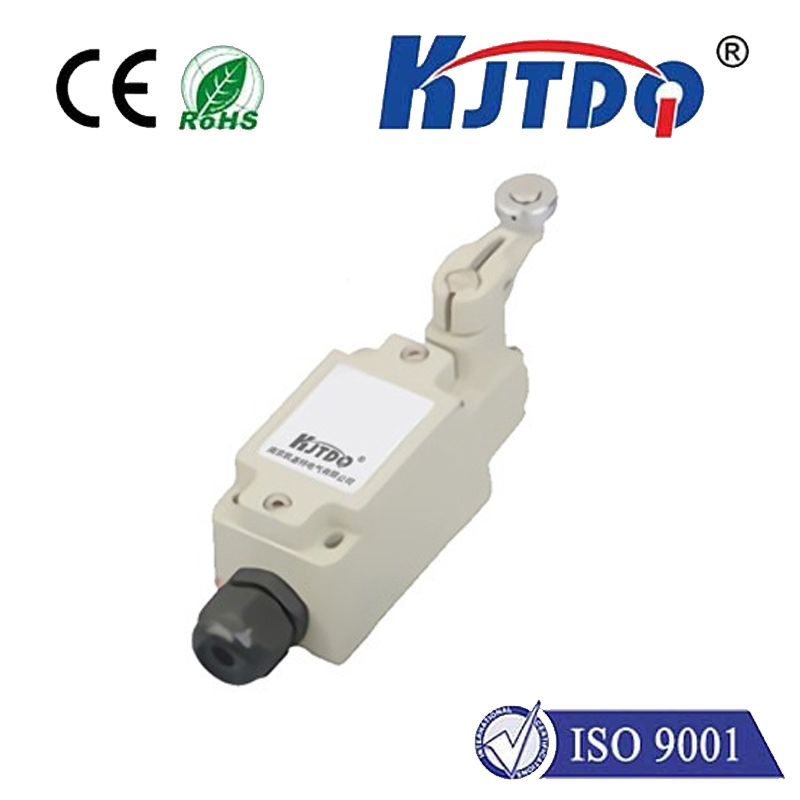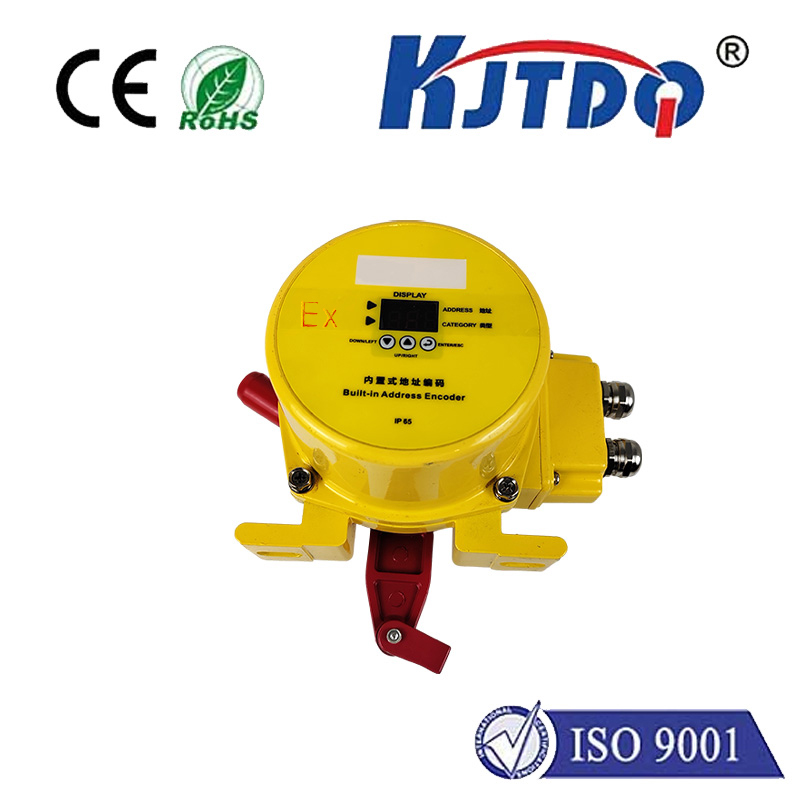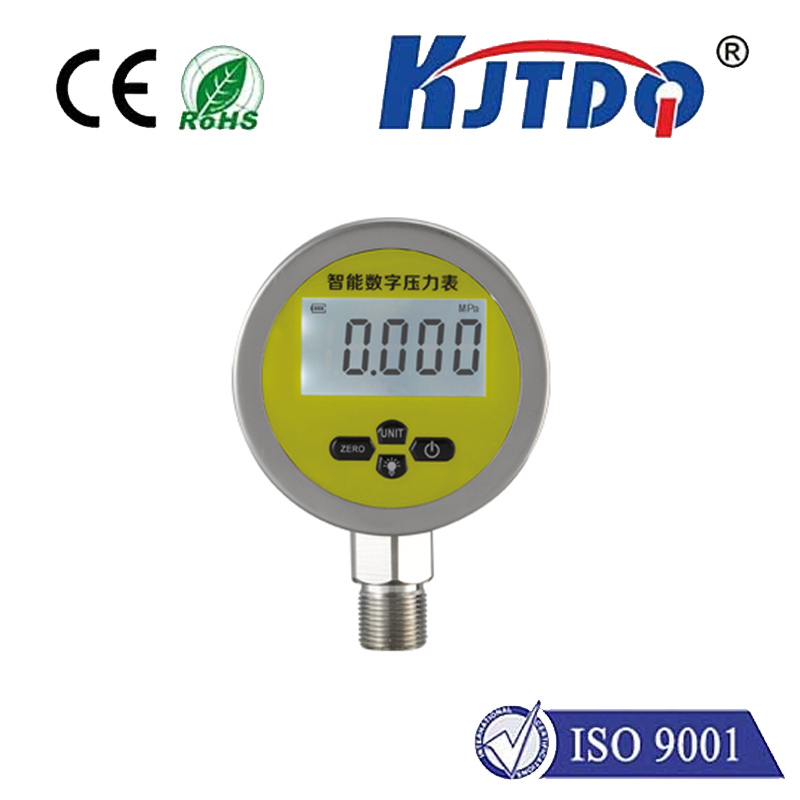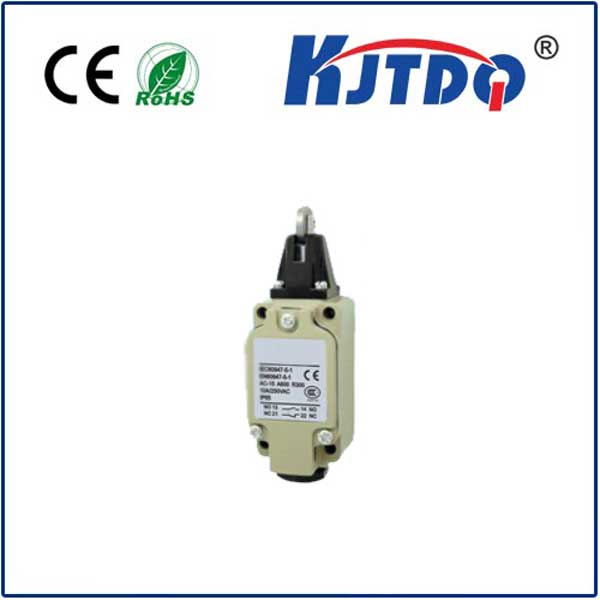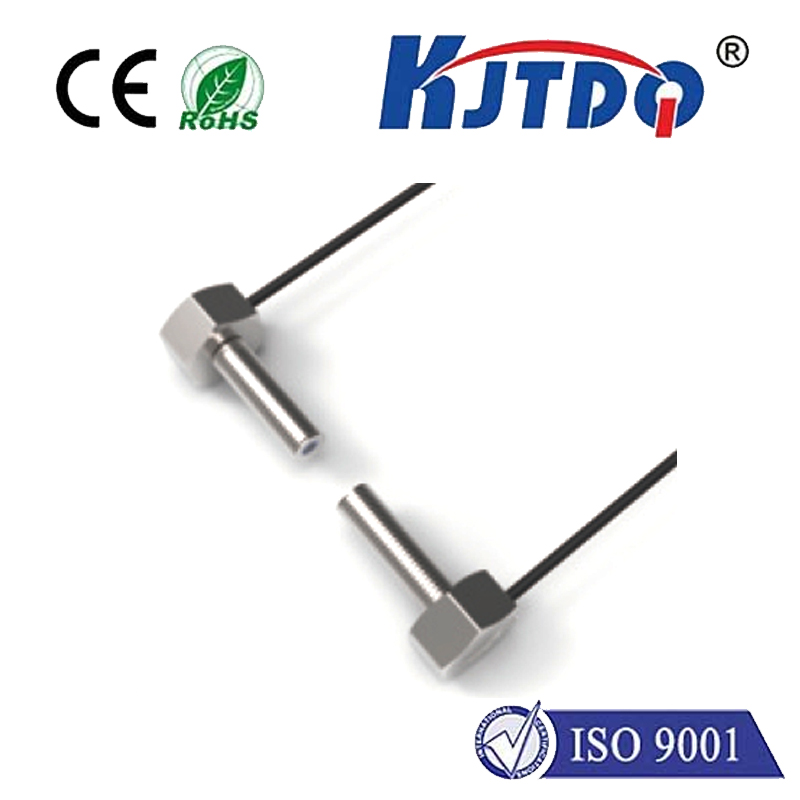

check

check

check

check

check

check

check

check

check

check
Inductive Proximity Sensors:
Inductive proximity sensors use a magnetic field to detect the presence of an object. They work by measuring the change in electrical current when a foreign object enters the vicinity of the sensor. The sensor emits a magnetic field, and when an object comes into contact with it, it disrupts the magnetic field, causing a change in the electrical current flowing through the sensor. The frequency of the current change is proportional to the distance between the sensor and the object.
Advantages of Inductive Proximity Sensors:
1. High sensitivity: Inductive sensors have high sensitivity, making them suitable for detecting small objects or objects with low resistance.
2. Long range: Inductive sensors can detect objects from a relatively long distance, typically up to several meters.
3. Easy installation: Inductive sensors do not require any special installation procedures, making them easy to integrate into various systems.
Capacitive Proximity Sensors:
Capacitive proximity sensors use capacitance to detect the presence of an object. They work by measuring the change in capacitance when a foreign object comes into contact with the sensor surface. When an object touches the sensor, it causes a change in voltage across the sensor, which is then used to calculate the distance between the sensor and the object.
Advantages of Capacitive Proximity Sensors:
1. Wide range: Capacitive sensors can detect objects over a wide distance, typically up to several feet or meters.
2. No direct contact: Capacitive sensors do not require direct contact with the object, making them ideal for detecting objects that may be contaminated or have rough surfaces.
3. Low power consumption: Capacitive sensors consume less power compared to inductive sensors, making them more energy-efficient.
Conclusion:
Both inductive and capacitive proximity sensors have their strengths and weaknesses, and choosing the right type depends on your specific application requirements. If you need high sensitivity and a long range, inductive proximity sensors may be the better option. On the other hand, if you need a wide range and minimal contact with the object, capacitive proximity sensors may be more suitable. By understanding the differences between these two types of proximity sensors, you can make an informed decision when selecting the best solution for your project.
